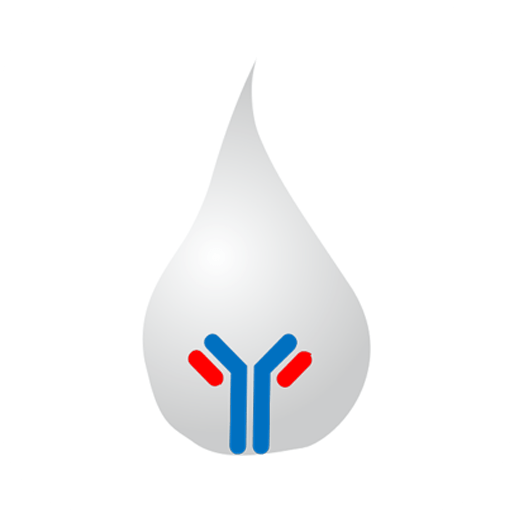Description
| CATALOG # | OttoBC138 |
| PRODUCT NAME | CRP (C-Reactive Protein) Assay Kit |
| APPLICATIONS | Fully automated analyzer, Spectrophotometer |
| REACTIVITY | Universal |
| SAMPLES TYPE | Serum, Plasma (Edta or Heparin) |
| Content | Explanation | Shelf life |
| Reagent-1 | 1x30ml | 6 months |
| Reagent-2 | 1x8ml | 6 months |
| Calibrator | 1×0.5ml | 6 months |
| Q.Control | 1×0.5ml | 6 months |
Bablok W et al. General Regression Procedure for Method Transformation. J Clin Chem Biochem 1988; 26:783-790
Greiling H, Gressner AM (Hrsg.). Lehrbuch der Klinischen Chemie und Pathobiochemie, 3rd . Stuttgart/New York: Schattauer, 1995: 1159-62
Guder WG, Narayanan S, Wisser H, Zawta B. List of Analytes Preanalytical Variabled. Broschüre in: Samples: From the Patient to the Laboratory. Darmstadt: GIT-Verlag, 1996
Heidelberger M, Kendall FE. J. Exp Med 1935;62:697
Henry JB, ed. Clinical Diagnosis and Management by Laboratory Methods, Vol II. Philadelphia Pa.: WB Saunders Co. 1979.
Konsensuswerte der Deutschen Gesellschaft für Laboratoriumsmedizin, der Deutschen Gesellschaft für Klinische Chemie und des Verbandes der Diagnostica-Industrie e.V. (VDGH). Clin Lab 1995;41:743-748
Lizana J, Hellsing K. Clin Chem 1974;20:1181
Passing H, Bablok W. A New Biometrical Procedure for Testing the Equality of Measurements from Two different Analytical Methods. J Clin Chem Clin Biochem 1983;21: 709-720
Thomas L (Hrsg.) Labor und Diagnose, 4th ed Marburg: Die medi-zinische Verlagsgesellschaft 1992:781
Thomas L, Messenger M. Pathobiochemie und Labordiagnostik der Entzün- dung. Lab med 1993;17:179-194
Tietz NW. Clinical Guide to Laboratory Tests, 3rd . Philadelphia Pa.: WB Saunders, 1995: 164-165
Tietz NW. Fundamentals of Clinical Chemistry, 2nd ed Philadelphia, Pa: WB Saunders, 1976:278-280
Young B, Gleeson M, Cripps AW. C-reactive protein: A critical review. Pathol- ogy 1991 ;23: 118-124

